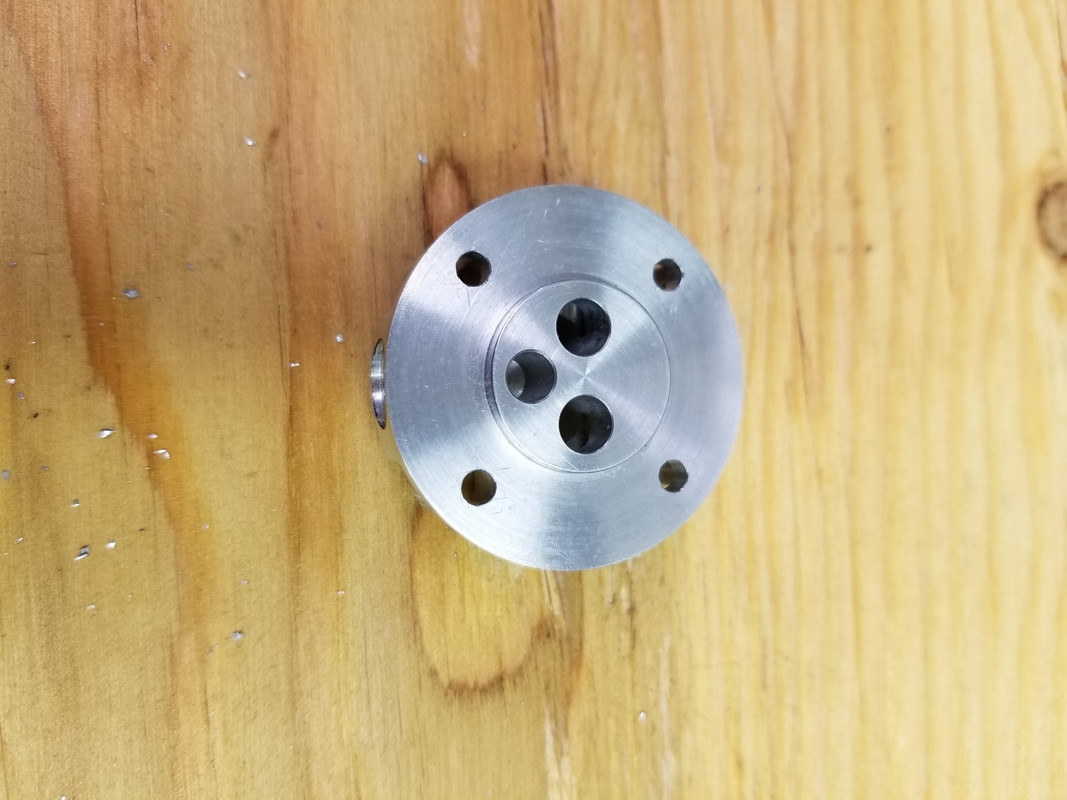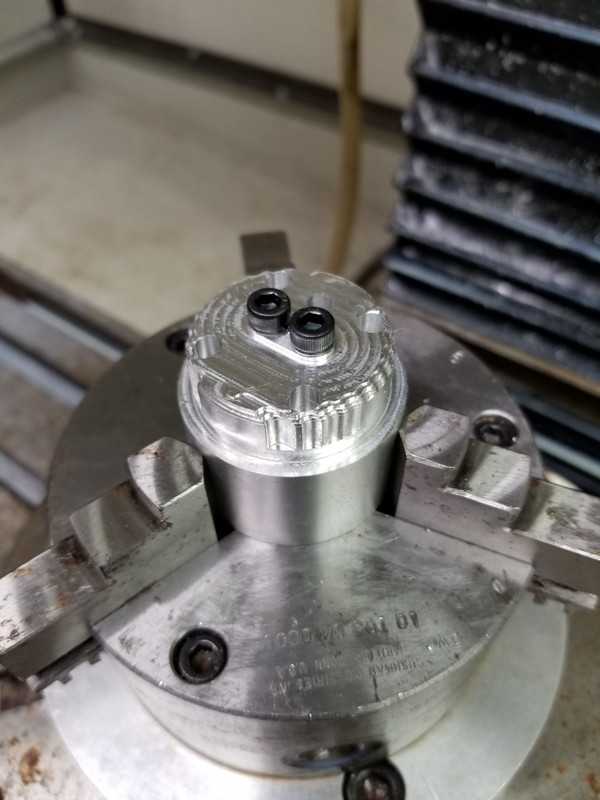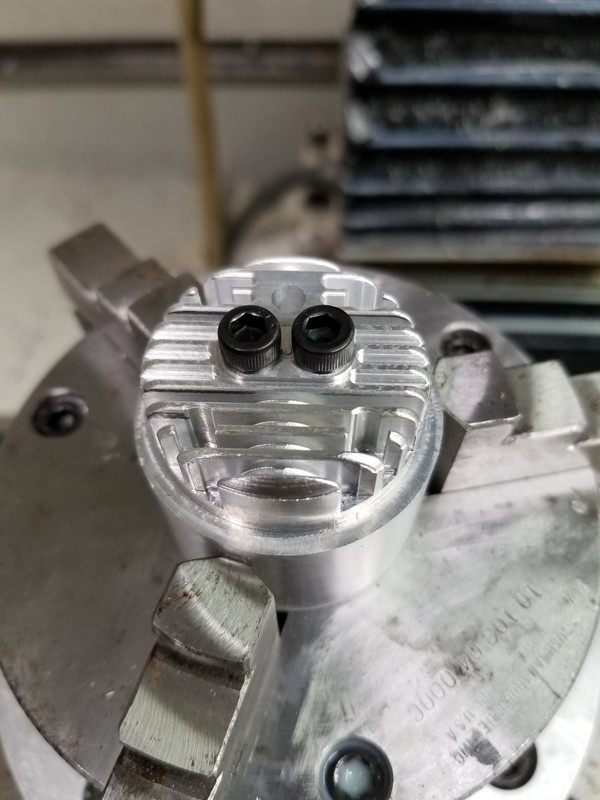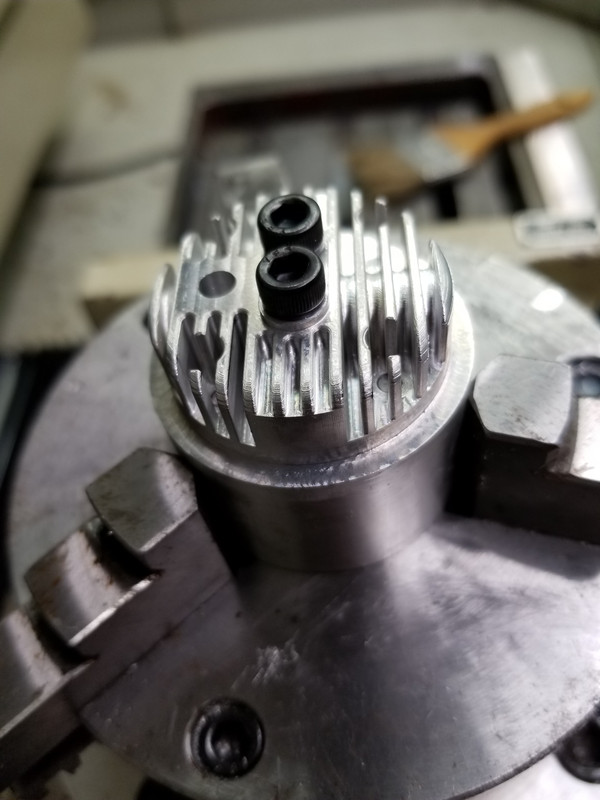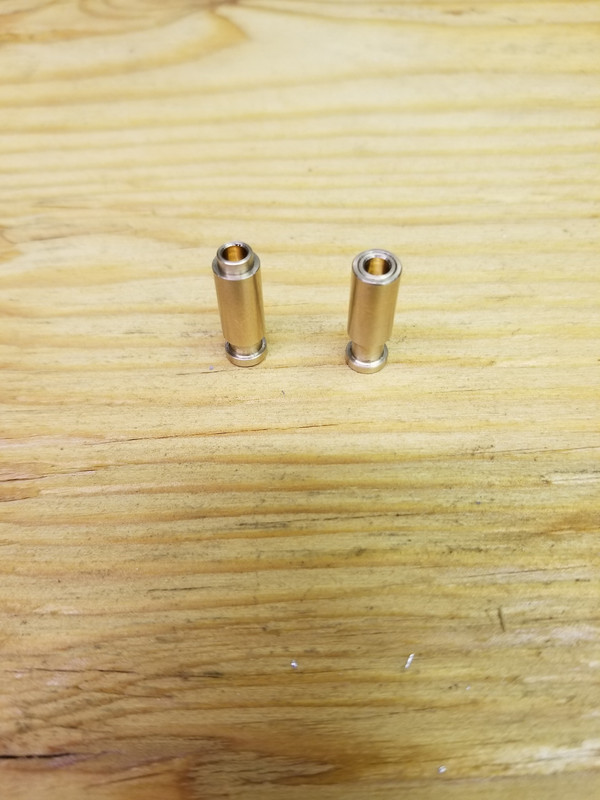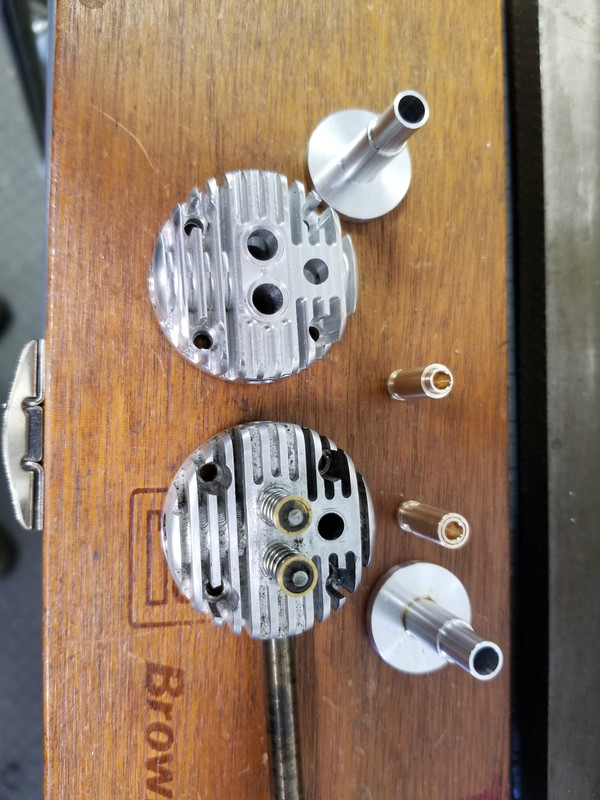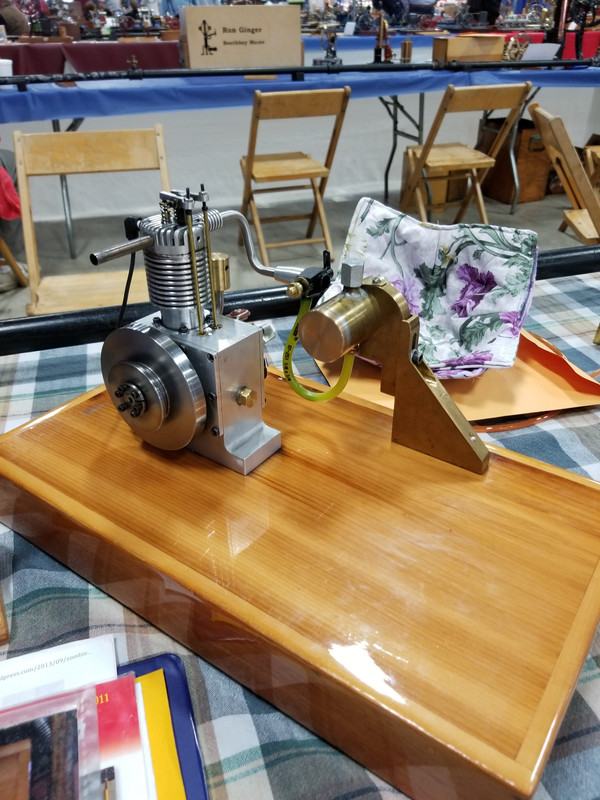Art K
Well-Known Member
- Joined
- Jul 4, 2012
- Messages
- 218
- Reaction score
- 39
Hi all,
I have been working out in the shop a bit lately. Towards the end of last summer I decided it was time to pull my Hamilton Upshur based vertical single apart and figure out why it was running so bad. This is what I found.
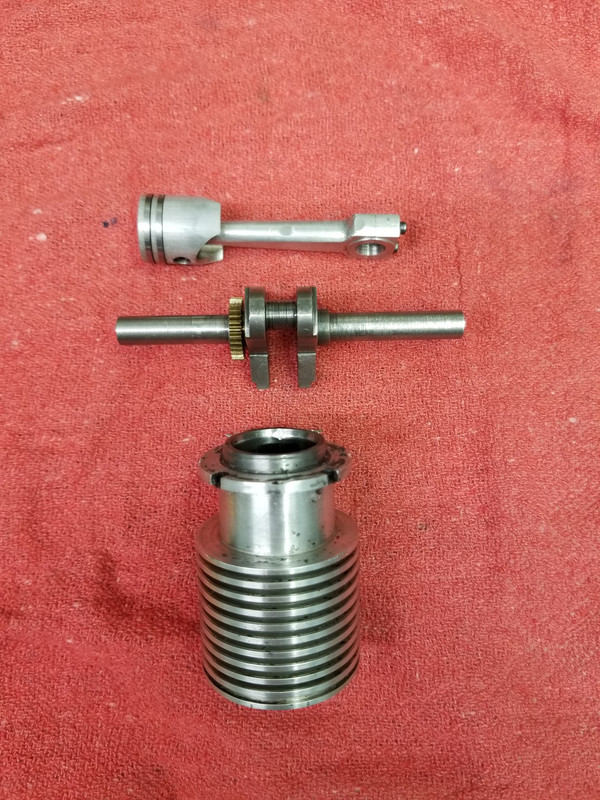
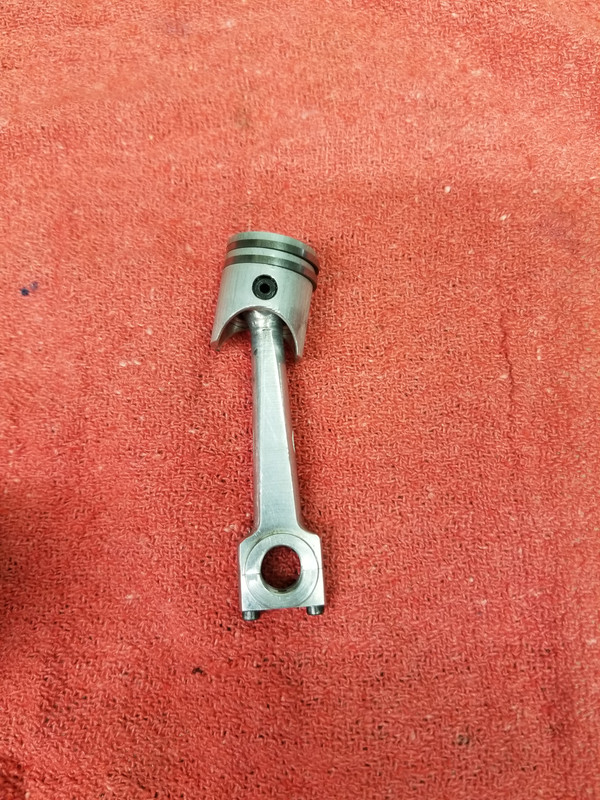
You can see in the first photo the spots on the piston where it was hitting the cylinder & cam. On the cylinder you can see the contact point, there's a matching one on the top side you cant see in the photo. On the crank the rod throw is .003 under on the high points so a new crank is also in order. In the bottom photo you can see the .040" oblong. No fix but a new one there as well. I have made a start on some of this and will post my progress as I am able. I have a link that I posted here soon after joining here.
https://www.homemodelenginemachinist.com/threads/my-first-engine.18599/
I have made a lot of changes over the years, all have made it better or solve self inflicted problems.
Art
I have been working out in the shop a bit lately. Towards the end of last summer I decided it was time to pull my Hamilton Upshur based vertical single apart and figure out why it was running so bad. This is what I found.


You can see in the first photo the spots on the piston where it was hitting the cylinder & cam. On the cylinder you can see the contact point, there's a matching one on the top side you cant see in the photo. On the crank the rod throw is .003 under on the high points so a new crank is also in order. In the bottom photo you can see the .040" oblong. No fix but a new one there as well. I have made a start on some of this and will post my progress as I am able. I have a link that I posted here soon after joining here.
https://www.homemodelenginemachinist.com/threads/my-first-engine.18599/
I have made a lot of changes over the years, all have made it better or solve self inflicted problems.
Art





